Understanding our audience and prioritising people lies at the heart of what we do within the the7stars Insight team. After hosting our inaugural Curiosity Week last year, which aimed to spark curiosity within our agency, we returned with a new iteration focusing on how to find and utilise insight from ‘brief’ to ‘debrief’.
Our first Curiosity Week led to a culture change within the7stars, with teams around the agency understanding the value of asking the question “Why?” and questioning what they know about their audiences. Being curious and inquisitive is an innate trait in Team Insight, and it was only a matter of time before we started thinking about hosting another week which could enhance the agency’s understanding in a tangible way. Following mathematician and statistician Paul Halmos’ advice: ‘the best way to learn is to do’, we decided to democratise the process of looking for and discovering insights within the agency.
The theme of the week was getting to grips with the practical elements of audience understanding, using the tools within our arsenal to find, analyse and communicate insights more effectively to the end stakeholder. Ultimately, we wanted to improve the planning teams’ understanding on how to approach their day-to-day work using the lenses of curiosity and creativity in every step of the process to produce ‘killer insights’.
We organised multiple activities each day for a week, tailored to individuals with diverse levels of experience in the media industry, to ensure that the implications were tangible to all. After kicking off the week, we hosted a ‘Tools Roadshow’, aimed at increasing familiarity with three key bespoke tools/approaches used at the briefing stage for those in planning teams (The QT, Joydex and Consumer Profiler). We enhanced agency-wide insight identification, enabling them to think smarter and act faster. Furthermore, through a lively ‘Kettle Challenge,’ we showcased the rapid gathering of insights, emphasising it can be done as fast as a kettle can boil!
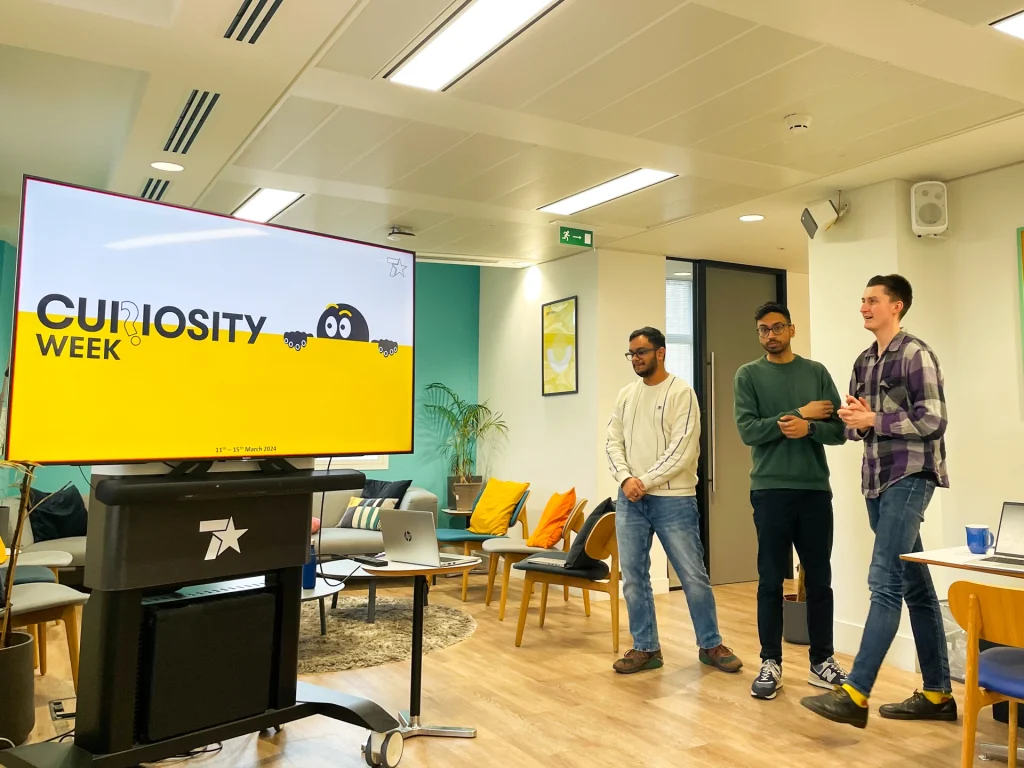
Curiosity Week 2024: Tools Roadshow
On Tuesday, we held bespoke ‘Insight 101’ sessions to help people of differing levels draw out insights using our top techniques. For newcomers to the industry, we focused on effectively utilising desk research. Those with one to three years of experience were guided through understanding and cultivating audiences. Lastly, for those with 3+ years of experience, we explored extracting pertinent insights and connecting them with actionable implications for our clients.
On Wednesday, our most recent cohort of grads competed against each other in a ‘Consumer Safari’ challenge where they lived and breathed the consumer journey process for some of our clients including Twinings, Wagamama and Iceland. The competing teams were tasked with presenting their findings along with actionable media implications in our weekly company meeting. They emphasised the diversity among consumer journeys and the importance of understanding them to connect more deeply with each unique audience. The winning team suggested capitalising on a sense of ‘luxury associations’ for their client, suggesting insight-led partnership opportunities and planning implications.
On Thursday, we held a drop-in breakfast session for those with burning questions for the team and we arranged a ‘storytelling symposium’, in collaboration with Team Strategy. This focused on the ‘debrief’ aspect of the week and emphasised the power of storytelling and connecting emotionally with the audience in delivering ‘killer insight’.
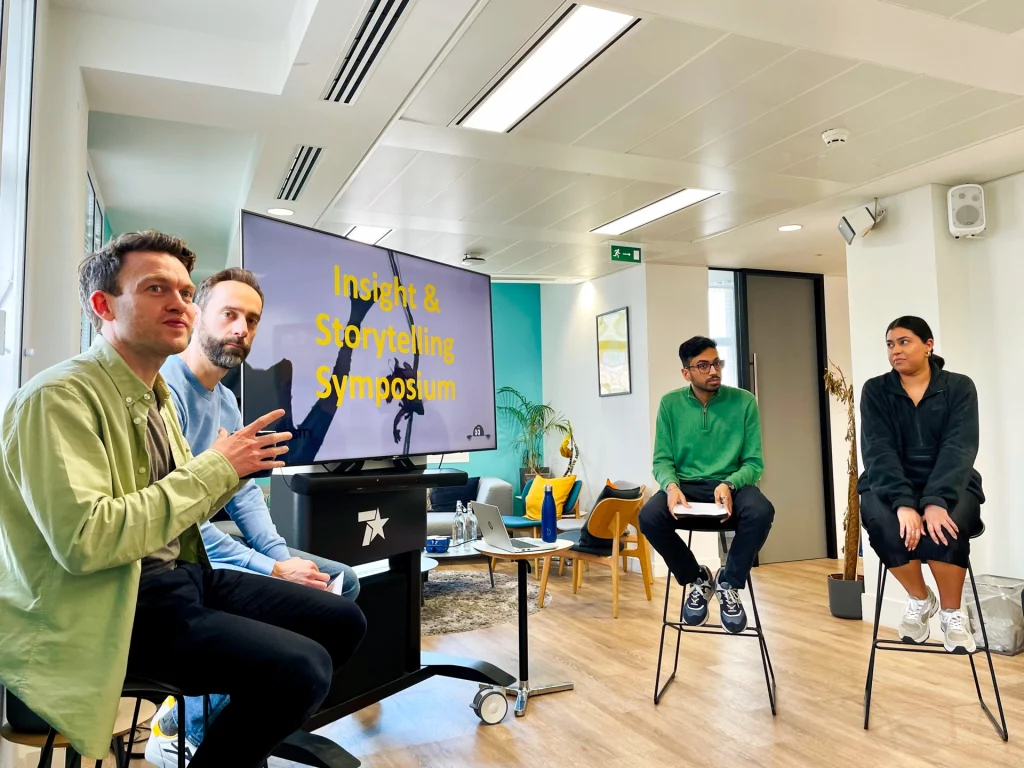
Curiosity Week 2024: Storytelling Symposium
Finally, a detailed wrap-up on Friday brought the learnings of the week to a close.
Curiosity Week stemmed from the idea that to defeat the bad and the boring, we need to revitalise the agency’s understanding of the power of insight and create autonomy for planners to find and utilise insight. By creating a sense of curiosity around the work we create, and by looking at the world from this lens, we can better empathise with audiences, and ultimately deliver better quality outputs.
Giving people tangible ways and shortcuts to achieve ‘killer insights’ from ‘brief’ to ‘debrief’ embodies the ‘think smarter and act faster’ ultimately producing richer outputs that are more interesting and unique. By drawing insights from diverse sources and perspectives within the agency we can craft engaging narratives that appeal to both intellect and emotion. Thus, increasing the likelihood of surpassing stakeholder expectations and evoking a resonant “ah!” reaction.
Looking ahead, we plan to further empower the agency by emphasising and democratising insights across the agency as well as providing accessible tools and ongoing applicable training sessions. Ultimately providing greater value to our clients through more insight-driven outputs delivered across the agency.
This, we believe, is the recipe for any truly killer insight!
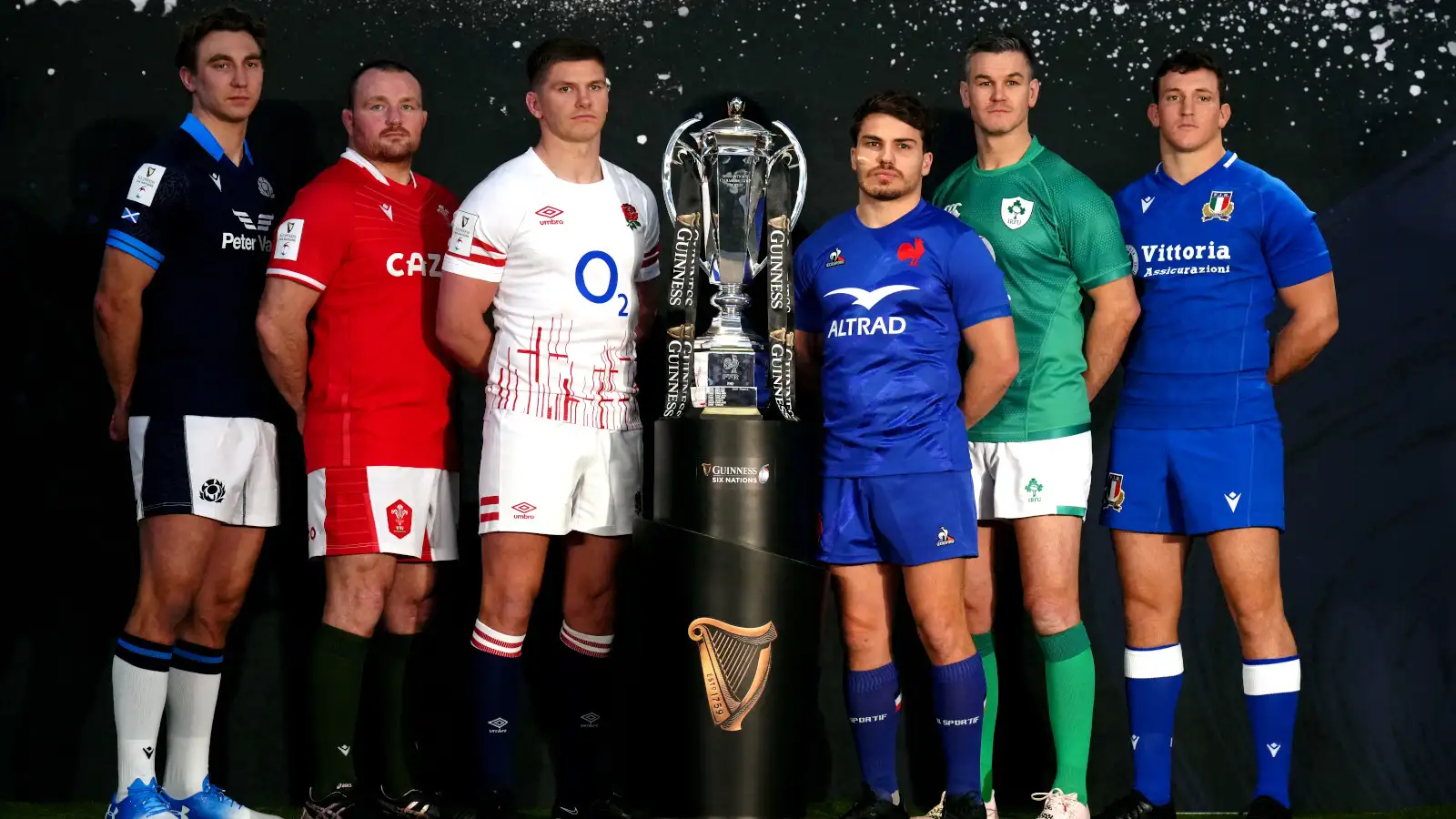


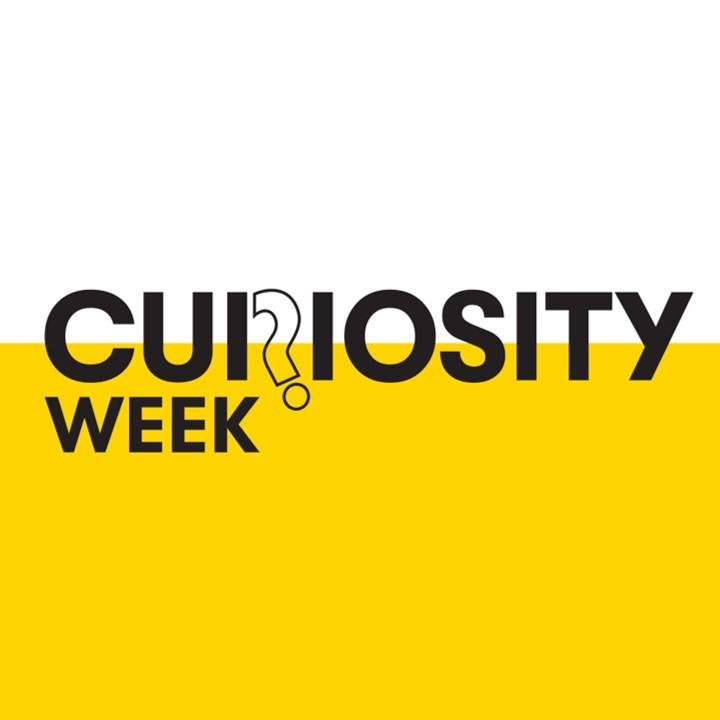



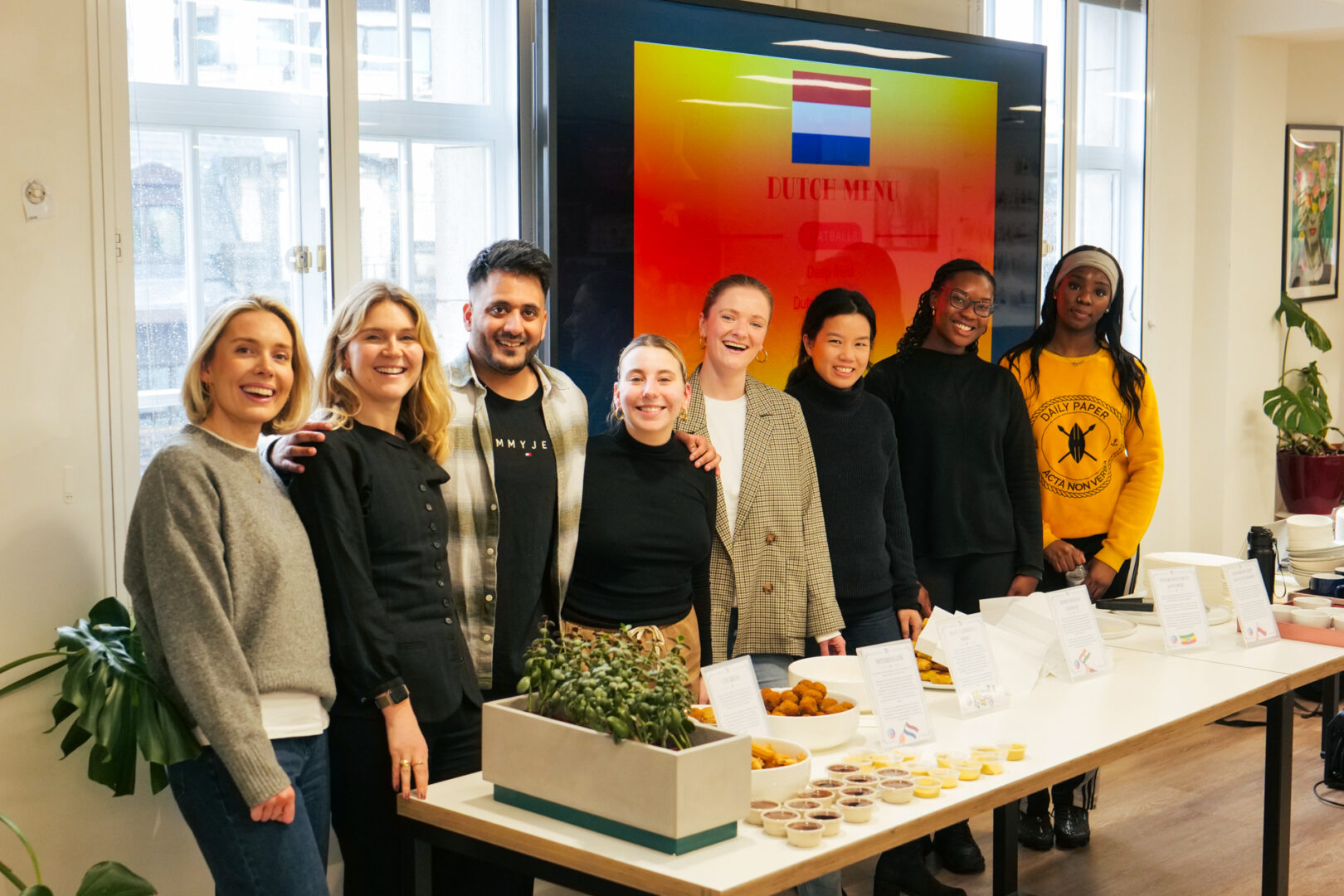
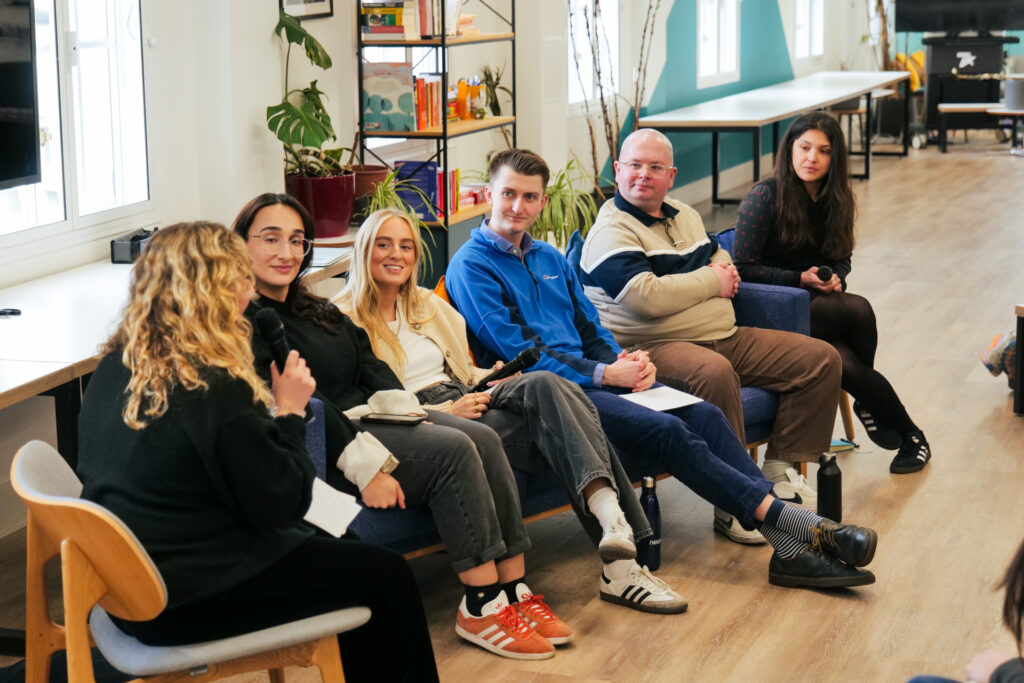
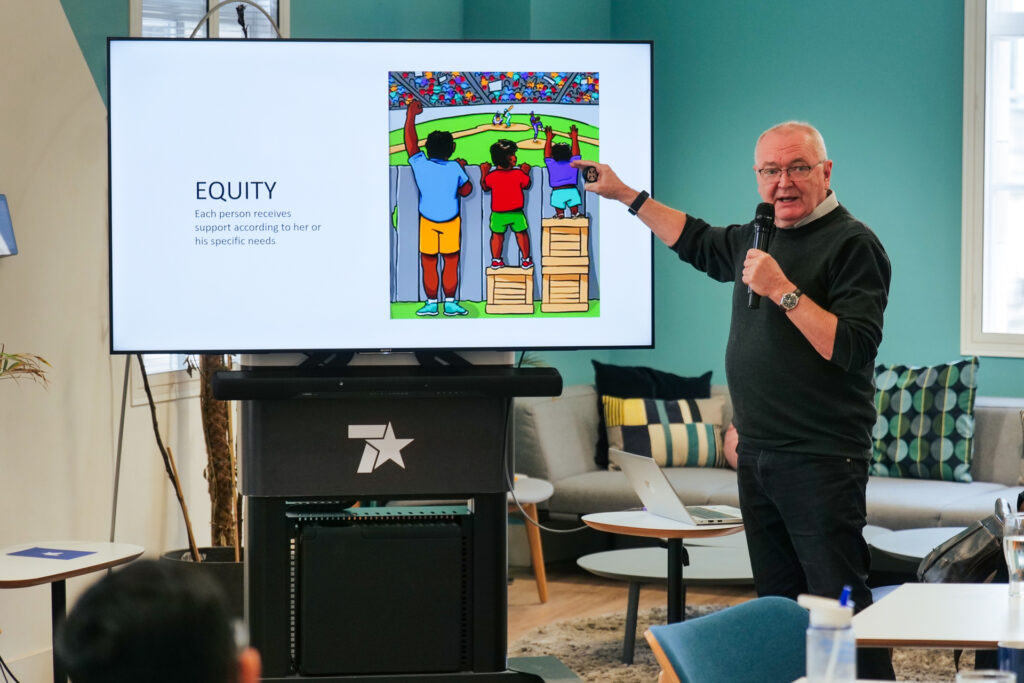
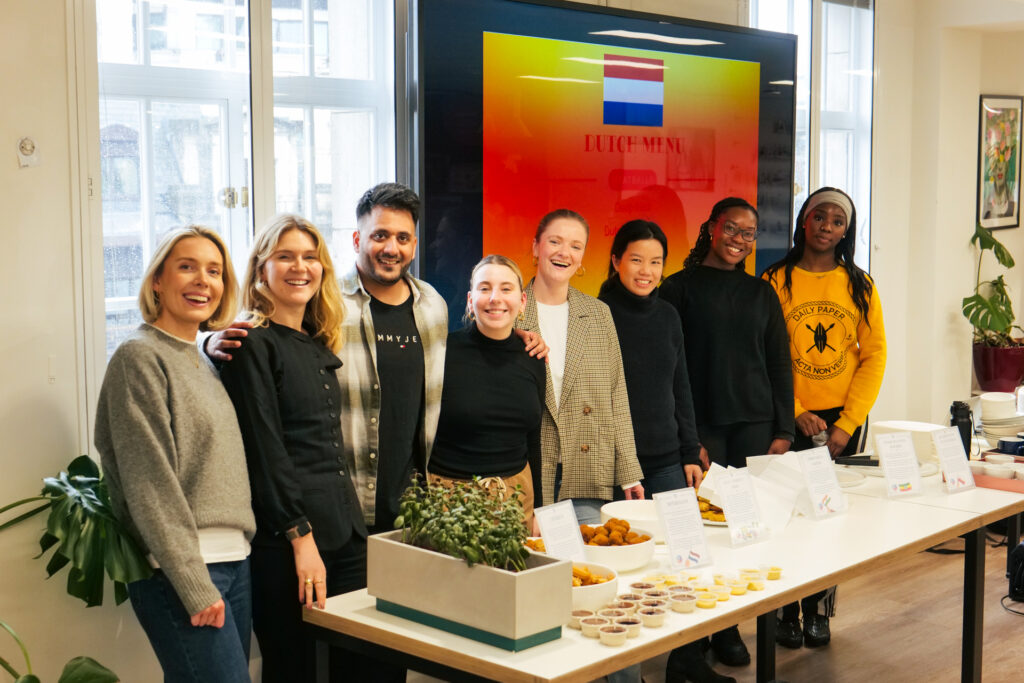

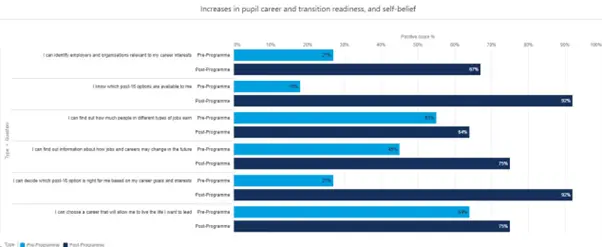
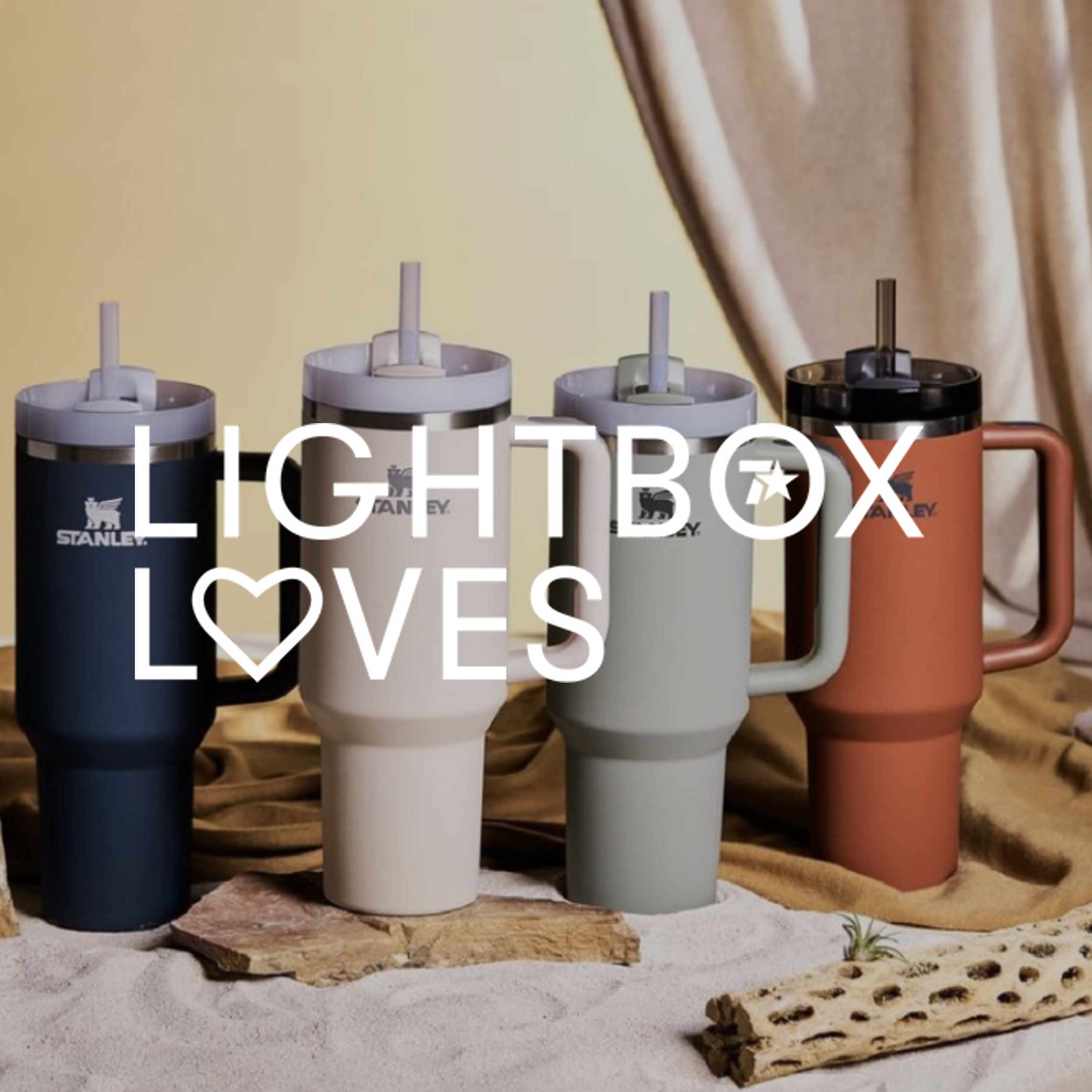
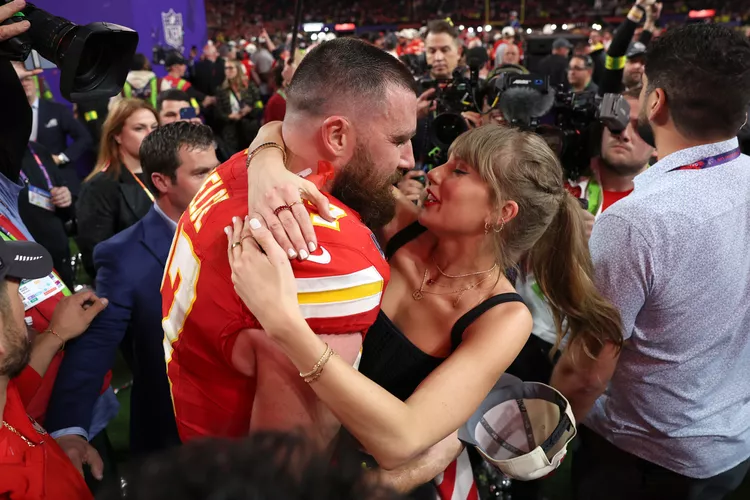


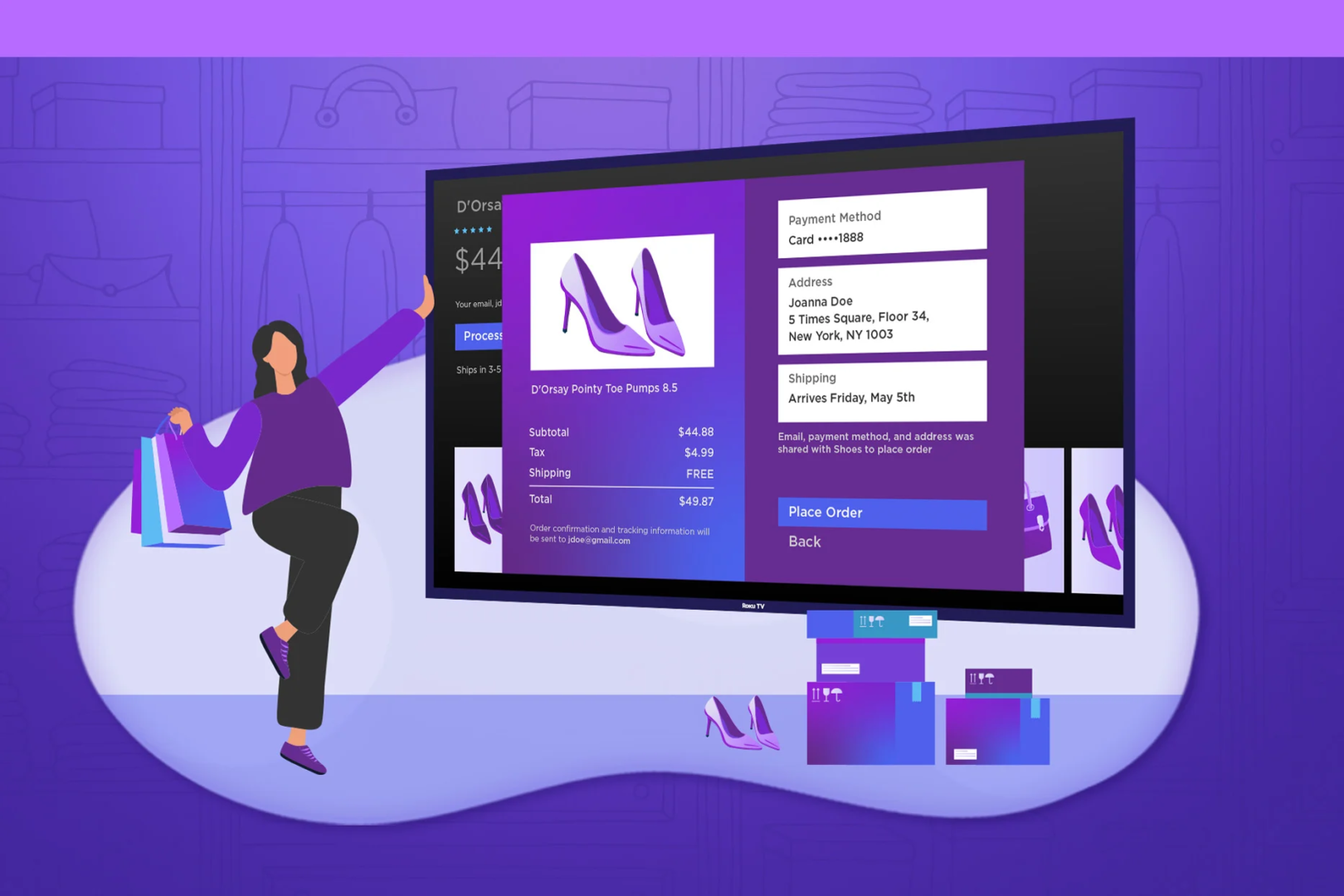

Recent Comments